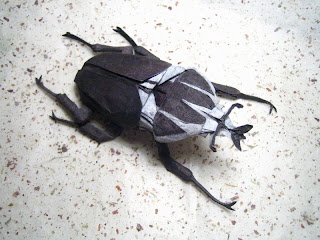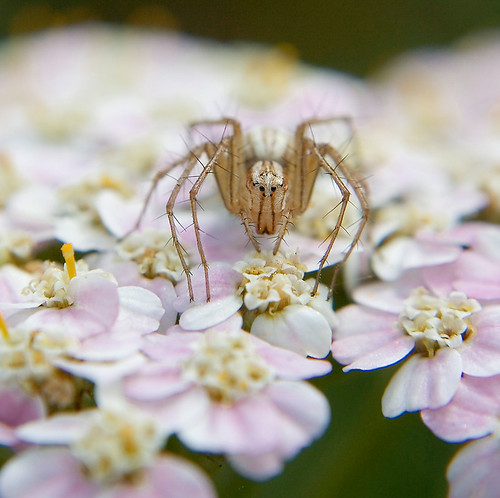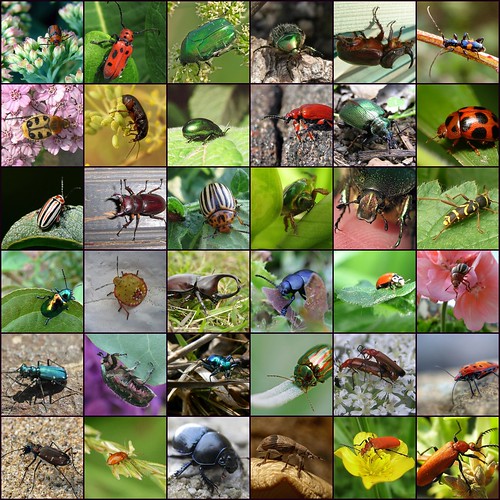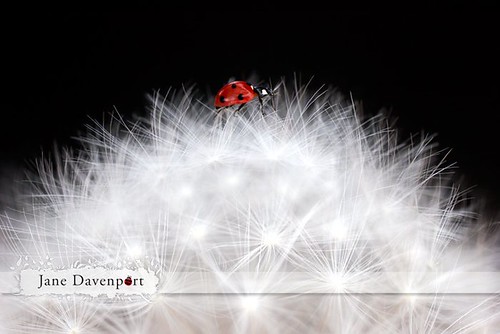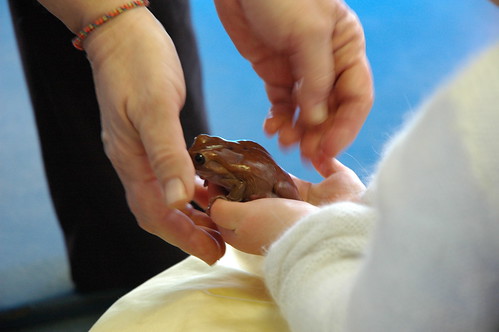Caterpillars are chomping away on my greenery, stripping my birds nest fern and the salad rocket down to a few tattered stalks. When I picked the black/brown furry caterpillars off what remained of my garden they curled into tight balls, refusing to unfurl so I could photograph them. How frustrating! I gave up waiting for them to be accommodating and tried to get ‘that great macro shot’ anyway. (And, considering my equipment, an old Canon Powershot A70 – without any special lenses – and a torch to counteract the sun setting, I thought I managed a reasonably photo anyway).

I am annoyed the caterpillars have been so destructive of my plants, but I am reminded of a quote from The Little Prince by Antoine de Saint-Exupéry:
"Well, I must endure the presence of two or three caterpillars if I wish to become acquainted with the butterflies. It seems that they are very beautiful." (Page 34)

Many years ago, I created the above illustration that went with the quote, to remind myself not to get frustrated at creatures (and events) such as my ‘curled-up-garden-destroying caterpillars’, but instead look for the optimistic ‘butterfly’ approach. So, I decided to spend my evening exploring how creatures might have inspired artists and crafts-people. Below is what I found:
I am not sure Michael Beitz’s undulating dining table was inspired by insects, but it reminds me of a caterpillar or inchworm, and eating a meal at the table would be just as frustrating as photographing my uncooperative, furry little friends.
Flying Katydid designed by Brian Chan, September 2006 - used with permission
Lizard 2 designed by Brian Chan, November 2007 - used with permission
Goliath beetle (Goliathus goliathus) designed by Brian Chan, August 2006 - used with permission
Brian Chan’s beautiful origami - it is extraordinary that such he achieves such detail with just one uncut sheet of paper.ALMERIA-2 by Michel Halliard - used with permission
SIGMUND-4 by Michel Halliard - used with permission
Dragster by Michel Halliard - used with permission
Michel Halliard's unique ‘beetle-like’ chairs are amazing and despite my having major issues with the materials he has used to create his pieces I find I can still admire his designs and craftsmanship. I just desperately wish he had used fake instead of exotic wildlife to create his pieces.
Homo Faber by Sarah Garzoni, 2006
I also came across the ‘The Endless Swarm’ blog, which is full of creative works including Sarah Garzoni’s ‘Swiss army knife’. Although my interpretation of the piece is different to the artist’s original intention, it appears to me to capture both the fear/danger factor many people have of insects, while also representing the usefulness of insects.
Now, at the end of the evening, I have forgiven my garden chomping caterpillars, been inspired by some amazing artisans and I am looking forward to “being acquainted with butterflies”.




